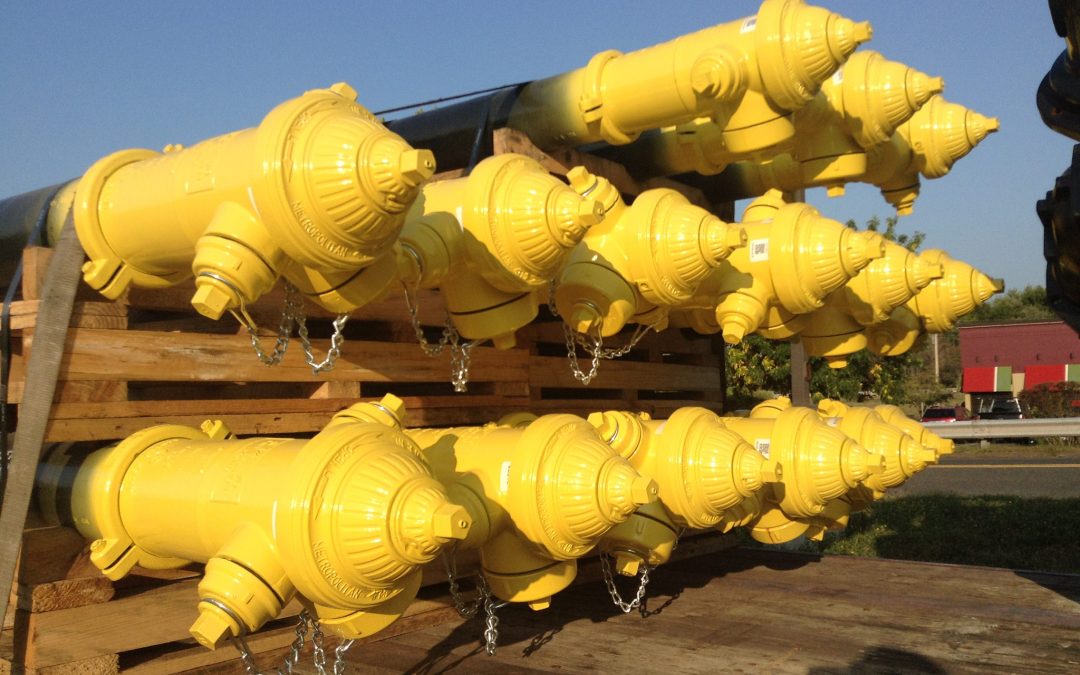As a water or wastewater system manager or operator, you are managing assets every day. You have to make decisions on what maintenance to perform on pumps, wells, tanks, treatment facilities, or any other assets. You have to decide what to do when an asset fails – repair it, replace it, or rehabilitate it. You have to make decisions regarding what spare parts to have on hand. The question is are you making well informed, data-driven decisions that are the most effective and efficient for your utility? Implementing an Asset Management Program will help you run your systems in a better, more informed way.
Asset Management has 5 core components. They are simple concepts that are probably practiced at some level already, but likely aren’t organized into a strategic process that aids in decision making. The 5 core components are:
- 1.) Current State of the Assets: What do you own and what are the characteristics?
- 2.) Level of Service: What do you want your assets to do?
- 3.) Asset Risk: Which assets would be critical to providing whatever it is you want to do?
- 4.) Life Cycle Costs: How would you operate, maintain, repair, rehabilitate or replace your assets to make sure they keep providing what you want?
- 5.) Long Term Funding: How will you pay for what you want to do with your assets (i.e., the operation, maintenance, repair, rehabilitation, and replacement)?
The Asset Management thought process works with any type of asset (not just water or wastewater). You probably use it in your everyday life to help you make decisions about how best to spend you hard earned money (i.e. buy a new car or rebuild the transmission of what you already own?). Asset management really works to save money, time, and effort. It helps you spend your limited dollars in order to have the maximum impact.
Asset Management can also be thought of as crisis management or crisis reduction. Asset Management shifts the focus to controlling risks and proactively addressing concerns rather than reacting to every problem. It is much more cost effective to prevent a high risk asset from failing than it is to let the asset fail and deal with all the consequences that occur after the failure. For example, consider a pump whose failure will cause the entire community to be out of water. This pump has been poorly maintained and has been showing signs of distress. Fixing or replacing this pump before it fails is much better than waiting for the pump to actually shut down. It may be as much as 3 or 4 times more expensive to react to failure than prevent it. Asset Management also helps utilities identify which portion of the system actually requires replacement and which portions can remain in place. This analysis is vital given that the industry simply cannot afford to replace its entire aging infrastructure.
An asset management program can pay for itself in many ways: deferral of capital investment, avoiding catastrophic failure, reduction in lost revenues due to reduction of lost water, reduction in bonds and debt. A 2013 survey completed by McGraw Hill Construction on the Benefits of Asset Management reported the following: Improved ability to explain budgets; Better focus on priorities; Better understanding of risks; Increased ability to minimize costs; Reduced costs without sacrificing service levels. The more you do with Asset Management the more benefit you receive, but doing even a little bit will improve the operation and management of your system. Don’t feel overwhelmed. If you can get started with it, it will be worth your while.
Photo by: Mike Mozart


Recent Comments